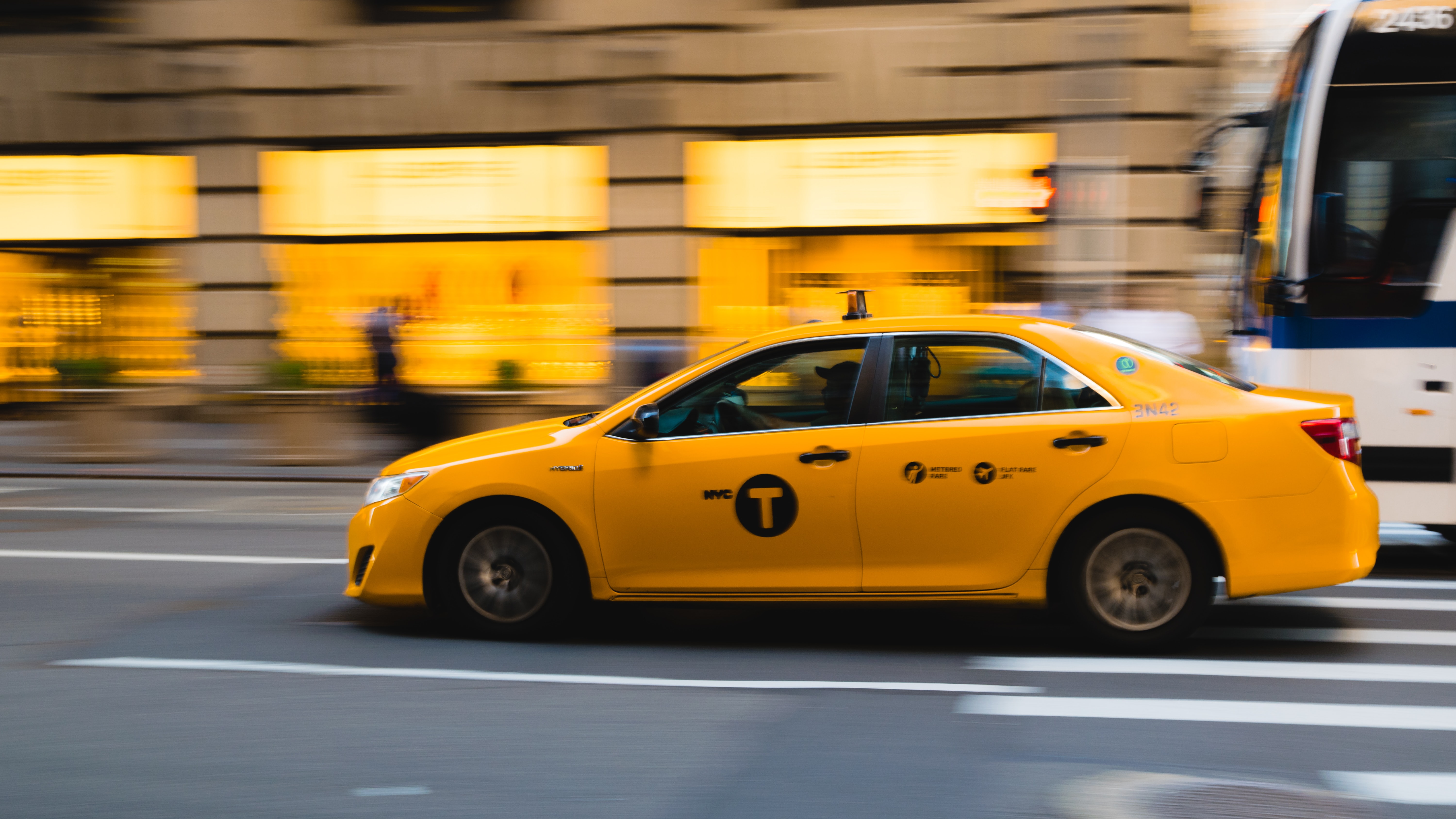Recently, Uber followed in the strides of lodgings and carriers by presenting its own credit card.
The card furnished by Barclays and is focused on the millennials. It provides cardholders 4 percent money back on eatery purchases, 3 percent on travel, 2 percent on ride shares and other web purchases, and 1 percent on the rest of everything. There are no yearly or international transaction expenses, and whats more there’s a $100 reward for registering and signing up
That itself is a considerable amount of money back.
There is no need to have mastery of credit card promotions, however one thing is clear to any individual who can count: The prizes Uber is putting forth for eateries and travel purposes are higher than the sum it can gain over its share of credit card transaction expenses (interchange charges), which are maximum 2.4 percent (in addition to a $0.10 level rate). Uber is not a novice when it comes to cash squandering business activities, however, it doesn’t give away money for reasons unknown.
Perhaps the result will be seen and signified as brand reliability: Cardholders may probably be more associated to ride with Uber rather than with contenders like Lyft. In any case, if that were the technique, it’s unusually carried out – you’d need to ask why the card’s money back advantages are the same for availing Uber with respect to some other ride-share offering service.
So thus it must be suggested to contemplate the benefit of something different Uber could get from the card: information.
Barclays notes in its privacy policy that it can share information about the individual that it gathers from card manipulation and usage with respect to “monetary or retail partners” specifically, it says, the data can be utilized by “budgetary or retail partners to market to you.” That implies that Uber has the privilege to utilize cardholders’ transaction and exchange histories to modify its items and the costing.
Upon questioning Uber, a spokesperson guaranteed that the organization isn’t doing anything like that right now, and isn’t notwithstanding getting and manipulating individual-level information from Barclays. In any case, the organization has a lot of motivational and stimulating factors to carry out its entitlement to do as such later on.
With individual-level exchange information, Uber could, for instance, utilize cardholders’ eating purchase histories to prescribe and suggest eateries on UberEats. Significantly more profitable would be access to data about cardholders’ utilization of intensely vying ride-share stages and different alternatives of transport.
At the present time, in the event that the typical Uber rider accesses the Uber application and prices a ride, however, not call it, Uber has no clue as to what happened. Maybe the particular person availed the services of a rival of Uber or maybe he or she simply chose to sit tight hoping that the costs will fall, or took a bus commute.. In case the user was utilizing the Uber card, in stark contrast, the brand could get insight and get to know if the user took Lyft rather – and would know the amount which has been paid.
Hypothetically, the organization may, in the end, learn enough to get insight on clients who constantly pay more for rides, and simply charge them some additional amount without revealing to them what’s happening. This venture could very well rebound and boomerang if individuals discovered this – yet Uber has demonstrated that it is ready to take a plunge into such ventures and gamble effectively
A few people could interpret that the disclosure of transaction data to be a breach of their privacy obviously no one’s driving them to agree to accept the card. What’s more, we realize that several buyers are impeccably ready to trade information for convenience and some money; they may not identify where Uber is driving them at and would not give it a second thought on the off chance that they do.



